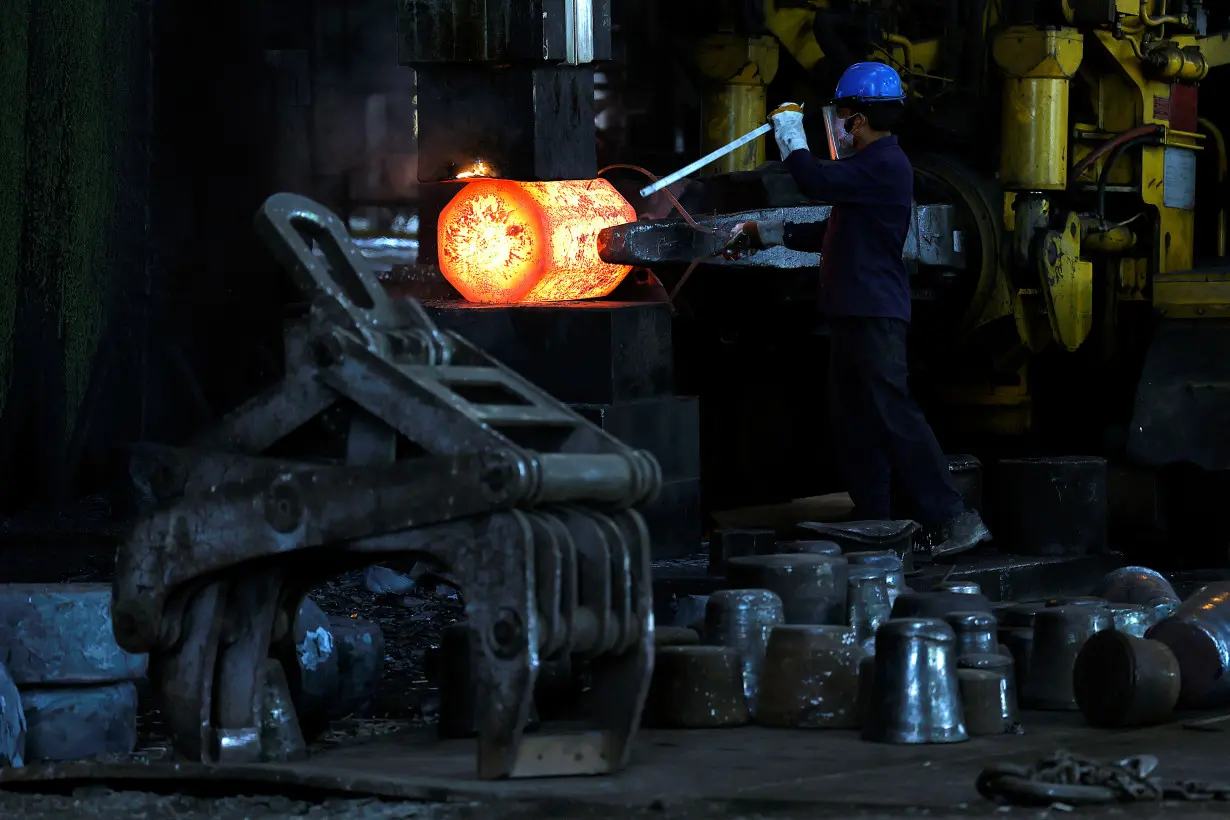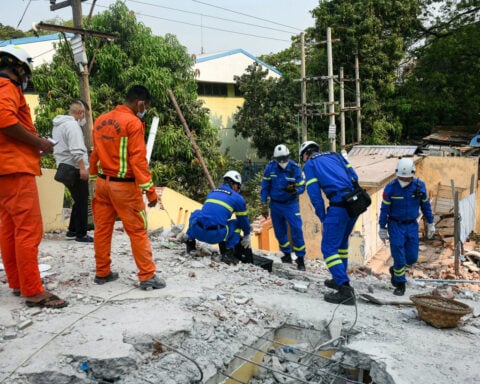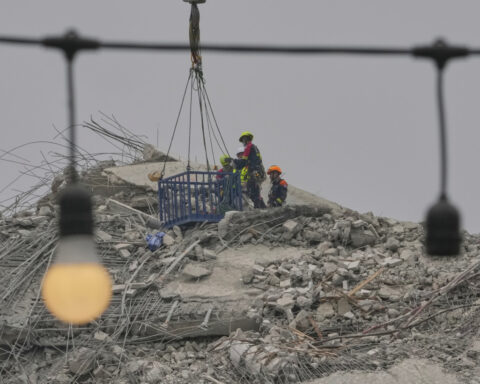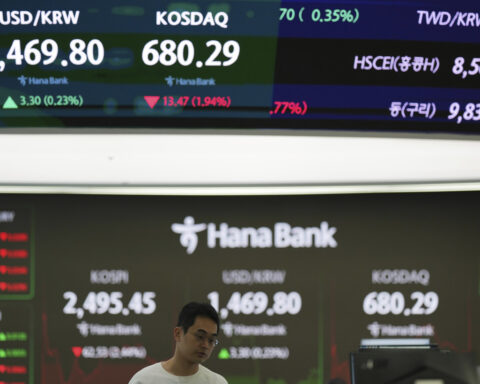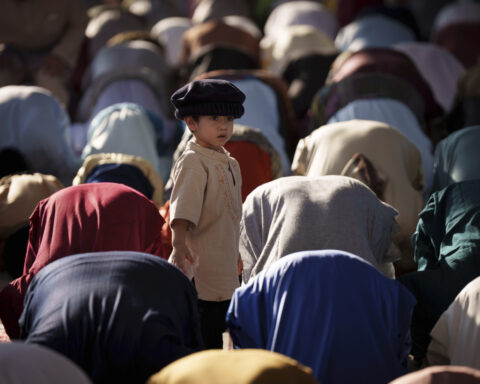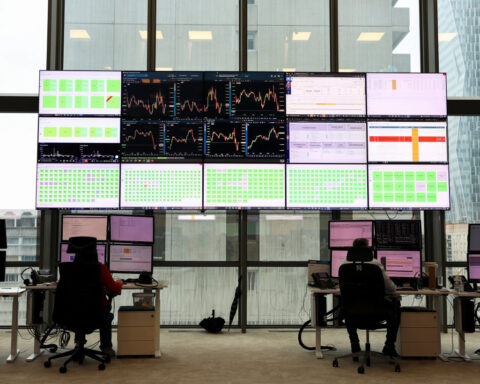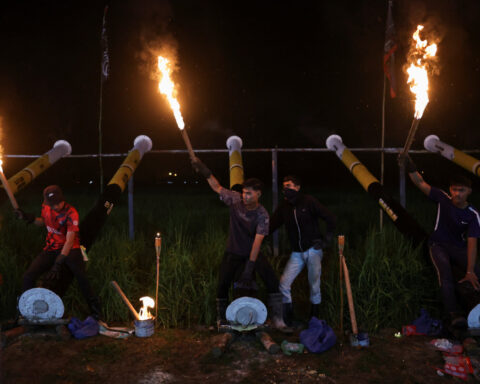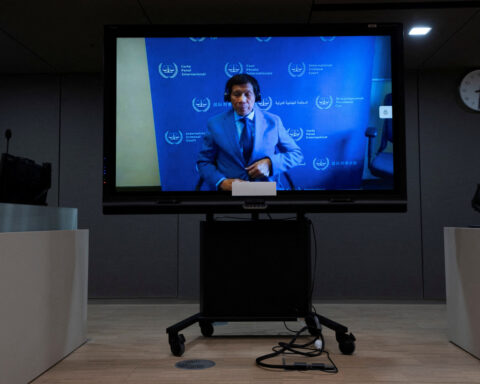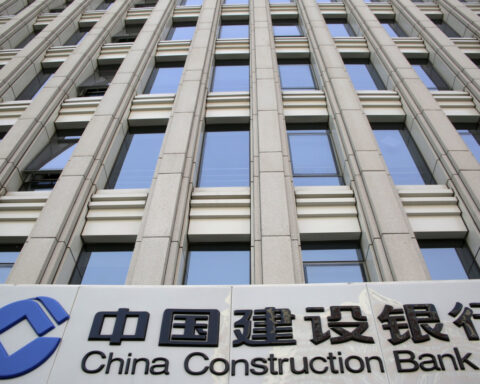By Clyde Russell
SINGAPORE (Reuters) -It's time for a reality check about decarbonising Asia's vast and growing steel sector. Reducing the carbon footprint is possible, but only in stages, and over a far longer than ideal time period, and only if incentives to do so are available.
Steel is the biggest industrial contributor to global carbon emissions, accounting for around 8% of the world's total, making efforts to decarbonise the sector vital to meeting net-zero ambitions.
Asia's iron ore and steel industry gathered this week in Singapore and delivered both encouraging and disconcerting news about efforts to decarbonise steel production.
The good news is that virtually every player in the market, from iron ore miners through to steel mills is taking the issue seriously, and more than that, actually putting time, effort and capital toward solutions.
The bad news is that meeting net-zero emissions by 2050 in Asia appears largely a pipedream with the current and likely available technology.
A further looming and massive obstacle is the current pricing structure for steel, given that as yet there is no real premium for producing low-carbon metal in Asia and little sign that is on the horizon.
The current situation is one where iron ore miners and steel mills are largely undertaking decarbonisation efforts as part of voluntary commitments to reduce their carbon emissions.
These commitments are mostly the result of bending to pressure from shareholders, some governments and the general public to be seen to be doing something to mitigate the expected adverse impact of climate change.
This is all well and good, but it means that any costs incurred in decarbonising are effectively stripped from a company's bottom line as there is no financial reward in Asia for producing green, or even slightly less dirty, steel.
The question is how to introduce incentives to decarbonise, right from the relatively easy and low-cost initial steps through to the much more difficult and capital intensive ambition of net-zero steel.
One way would be to introduce a tiered system of incentives.
Let's assume a baseline of 2.1 metric tons of carbon emissions per ton of steel produced in the current predominant method of iron ore fines through a blast furnace and then a basic oxygen furnace (BOF).
If a steel mill could lower emissions by a third for example, it could be rewarded with a carbon credit, or avoid paying a carbon tax of a set amount per ton of emissions reduced.
For the sake of example let's assume this first third reduction is worth $60 a ton, which is roughly the price of a carbon credit in the European Union.
Now assume the steel mill can cut emissions by a further third, but only by investing in new processes, such as using direct reduced iron (DRI), or its shippable equivalent hot briquetted iron (HBI) in an electric arc furnace (EAF).
This reduction could be rewarded with a higher price on carbon, say $120 a ton.
The final steps to completely decarbonise steel production by using green hydrogen to produce the HBI, green electricity to run EAFs, and using sustainable shipping fuel such as methanol to transport materials, could attract an even bigger carbon credit to offset the vast capital that needs to be deployed to get there.
INCENTIVES ESSENTIAL
One thing became clear from the presentations at the Green Steel Forum this week in Singapore, is that without incentives only the first, and relatively easy steps to decarbonise will become reality.
These involve maximising the efficiency of BOFs, increasing the use of higher grade iron ore and agglomerates such as DRI and HBI, boosting the use of recycled steel in EAFs and decarbonising mining iron ore by limiting the use of diesel power generation at remote mines and electrifying vehicles and trains.
The problem is that all these efforts will likely cut only about 20% of steel's global emissions.
The next steps involve doing things like using natural gas to turn low-grade iron ore into DRI and HBI for use in more advanced BOFs or even EAFs, and then switching this process to green hydrogen.
But it's here where costs become real, and where shareholders are likely to ask what's in it for them.
Ultimately, for steel to decarbonise beyond the low-hanging fruit, there needs to be a price incentive, and the market by itself is unlikely to provide this, given cost is likely to trump climate concerns for the vast majority of consumers.
This means regulations such as carbon taxes or credits need to be implemented, and likely coordinated across numerous countries, but especially the top iron ore exporters, Australia, Brazil and South Africa, as well as China, which produces half of the world's steel, as well as emerging major producers such as India.
The opinions expressed here are those of the author, a columnist for Reuters.
(By Clyde Russell; Editing by Christopher Cushing)

 Trump has begun another trade war. Here's a timeline of how we got here
Trump has begun another trade war. Here's a timeline of how we got here
 Canada's leader laments lost friendship with US in town that sheltered stranded Americans after 9/11
Canada's leader laments lost friendship with US in town that sheltered stranded Americans after 9/11
 Chinese EV giant BYD's fourth-quarter profit leaps 73%
Chinese EV giant BYD's fourth-quarter profit leaps 73%
 You're an American in another land? Prepare to talk about the why and how of Trump 2.0
You're an American in another land? Prepare to talk about the why and how of Trump 2.0
 Chalk talk: Star power, top teams and No. 5 seeds headline the women's March Madness Sweet 16
Chalk talk: Star power, top teams and No. 5 seeds headline the women's March Madness Sweet 16
 Purdue returns to Sweet 16 with 76-62 win over McNeese in March Madness
Purdue returns to Sweet 16 with 76-62 win over McNeese in March Madness
